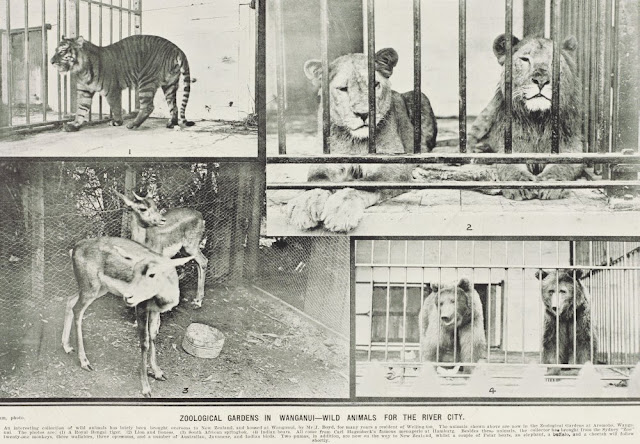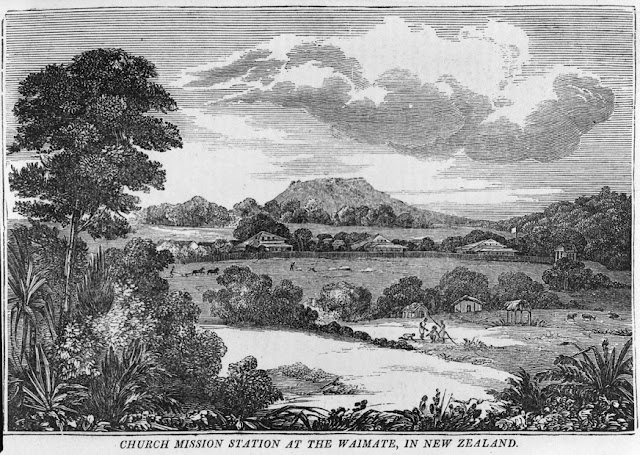The saga of Boyd’s Zoo

Boyd’s Zoological Gardens was a commercial enterprise established by John James Boyd in Upper Aramoho, Whanganui in 1909 after he had imported a lion and lioness, a tigress, and breeding pairs of bears and black buck antelopes, together with four macaws, two vultures and two demoiselle cranes from a zoo in Hamburg, Germany. The New Zealand Graphic published the following photo of some of his animals in the recently opened zoo in their issue on 9 February 1910: New Zealand Graphic. Zoological gardens in Wanganui, 1910. Auckland Libraries Heritage Collections, NZG-19100209-19-1 . Soon he must have expanded his menagerie because a photo published by the Graphic of 13 July 1910 includes an emu. This photo also shows his vultures: New Zealand Graphic. In the Wanganui zoo – an interesting collection, 1910. Auckland Libraries Heritage Collections, NZG-19100713-23-1 . However Upper Aramoho did not prove to be a good location, with poor attendances at Boyd’s zoo. Early next year...


